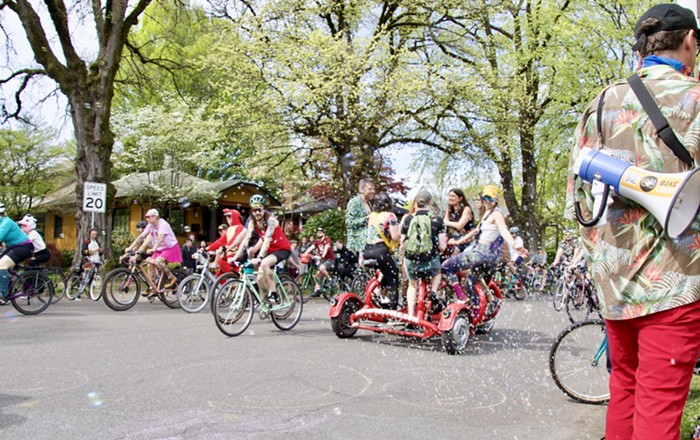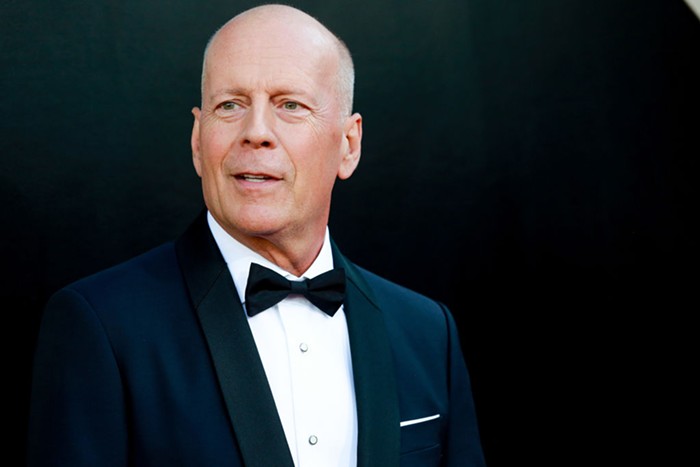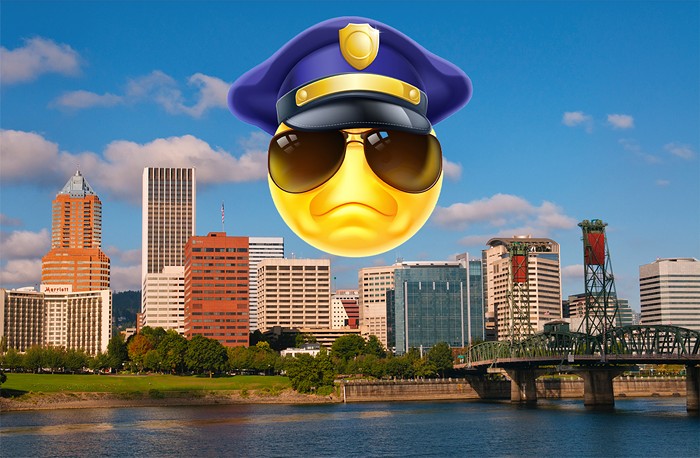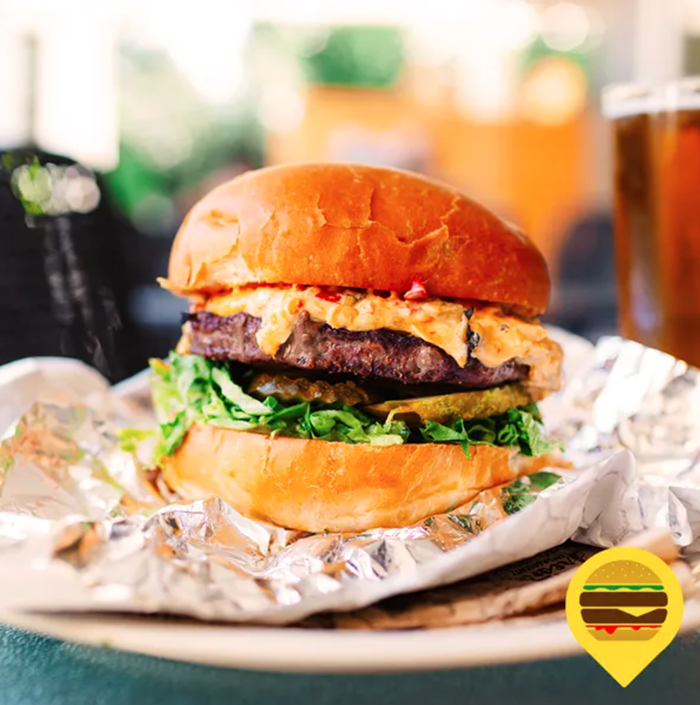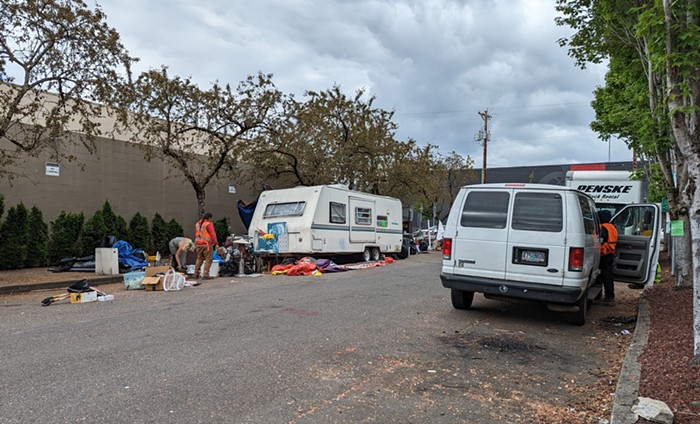The cheapest gas in Portland is, usually, at the ARCO station on NE MLK at Lombard, not far from my home. In the past few weeks, unleaded gas has crept past four bucks a gallon.
Seeing that, I'm thankful Portland is such a bike haven. Here, it's easy to swing into a bike saddle, and pedal right past rising gas prices.
We've got a network of bike boulevards, over 20 miles of streets that divert auto traffic and give cyclists priority, and the city is cooking up ways to turn SE Clinton into a model ultra-bike boulevard. The city's also busy installing innovative "bike boxes," which put cyclists ahead of cars at tricky intersections, increasing visibility and preventing tragic accidents. Businesses that cater to the two-wheeled set are popping up all over town. Some Portland schoolkids enjoy the "Safer Routes to School" program, where they learn how to bike to class instead of riding in the back of a minivan. There's a bike subculture for almost everyone—whether you're a weekend polo player, a midnight mystery rider, a Zoobomber, a car-free family, or a commuter. And with the exception of the West Hills, Portland's nearly flat.
In late April, just a few short years after Portland's political leaders made it a goal—notably, Sam Adams as he ran for city commissioner—our city earned a "Platinum" rating from the League of American Bicyclists for being a "bicycle-friendly community." We're the biggest city in the country with that high of a rating.
Now what?
Adams, who's headed up the transportation bureau since he took office, is looking abroad for ways to surpass our shiny new Platinum rating.
"Our inspiration and our standards for the future need to be international," he says, pointing to "the Netherlands and European cities where the percentage of bike trips are in the 20 to 25 percent range."
But only 5.4 percent of Portland's trips are the pedaled variety. "We need to get up to the 25 percent of trips-by-bike [mark]," says Adams, who becomes Portland's mayor in January.
How can someone like Adams convince more people—and businesses—to grab handlebars instead of car keys?
He may not need to do much. As gas prices at even the cheapest filling stations in town pass the four buck mark, and as cities, states, and countries adopt tighter and tighter restrictions on carbon emissions, cycling looks better and better—it's both climate smart and economical. Bonus: Cycling's a helluva lot more fun than getting stuck in traffic or circling the block looking for parking.
Adams still has a pile of ideas, most of them pricey: More miles of bike boulevards, to start. "We know from our work thus far on the bicycle master plan"—a guiding document that will be finished this fall—"that we have a high percentage of people that classify themselves as interested, but are not riding." Those people say they would be more likely to ride if they're given safe, low-traffic routes. Adams' "Safe, Sound and Green Streets" proposal, which may head to the fall ballot (his staff is launching a poll on the proposal in the coming weeks), included $27 million for an additional 110 miles of bike boulevards throughout the city.
And the entire city needs to be connected with bike routes, and pedestrian and bike trails. Beyond infrastructure, "we still have a lot of work to do on education," and Adams' staff is in talks with the Department of Motor Vehicles to require Portland drivers to take an additional "urban" driving test. Engineering and education can help "continue the cultural shift that's underway... that's been ongoing for 15 years."
In the office of transportation, Roger Geller, the city's bicycle coordinator, echoes most of Adams' ideas for street improvements (unsurprising, as Adams is his boss). "There's no shortage of things to do. We've got a pretty good idea of what we want," he says, like expanding the schools program "to get the next generation riding."
"It's a matter of coming up with the money," Geller says. "We don't have $27 million to build the 110 miles of bike boulevards," for example. But Geller and the city's bicycle advisory team are still plugging away on the Bike Master Plan, to "clarify what we want to do." Geller would also like to "have a civic discussion" about cycling through Portland.
That's quite a to-do list. It seemed so much easier when the rallying cry was "Platinum!"
I challenged both Adams and Geller to sum it up. Geller's "short-term goal" is to double bike use "in every part of the city, in the next five to 10 years." That would put bike trips over 10 percent, on the way to Adams' 20 percent-plus goal.
What's Adams' new bike dream? Are we aiming to be the best bike town on the planet?
"That's Amsterdam," Adams says.
He's right. In Amsterdam, there are hundreds of miles of bike lanes, over 40 percent of trips are by bike, there are enough bikes in the city for nearly every person, and fatality rates are incredibly low (1.6 deaths per hundred million trips, compared to the US's 21). In nearby Copenhagen, as Danish politician Svend Auken told a ballroom full of Portland urban planning geeks at the June 6 Portland Plan kickoff, 40 percent of "business movement" is done by bike.
But it sounds like Adams is up for dethroning the European bike mecca. "They've got a little bit of a headstart, but I think it's doable." He hesitates for just a moment, crafting a goal that's both attainable and inspirational.
He settles on this: "I want to beat Amsterdam's bike ridership and their safety record."
Well then. We'd better get busy.
